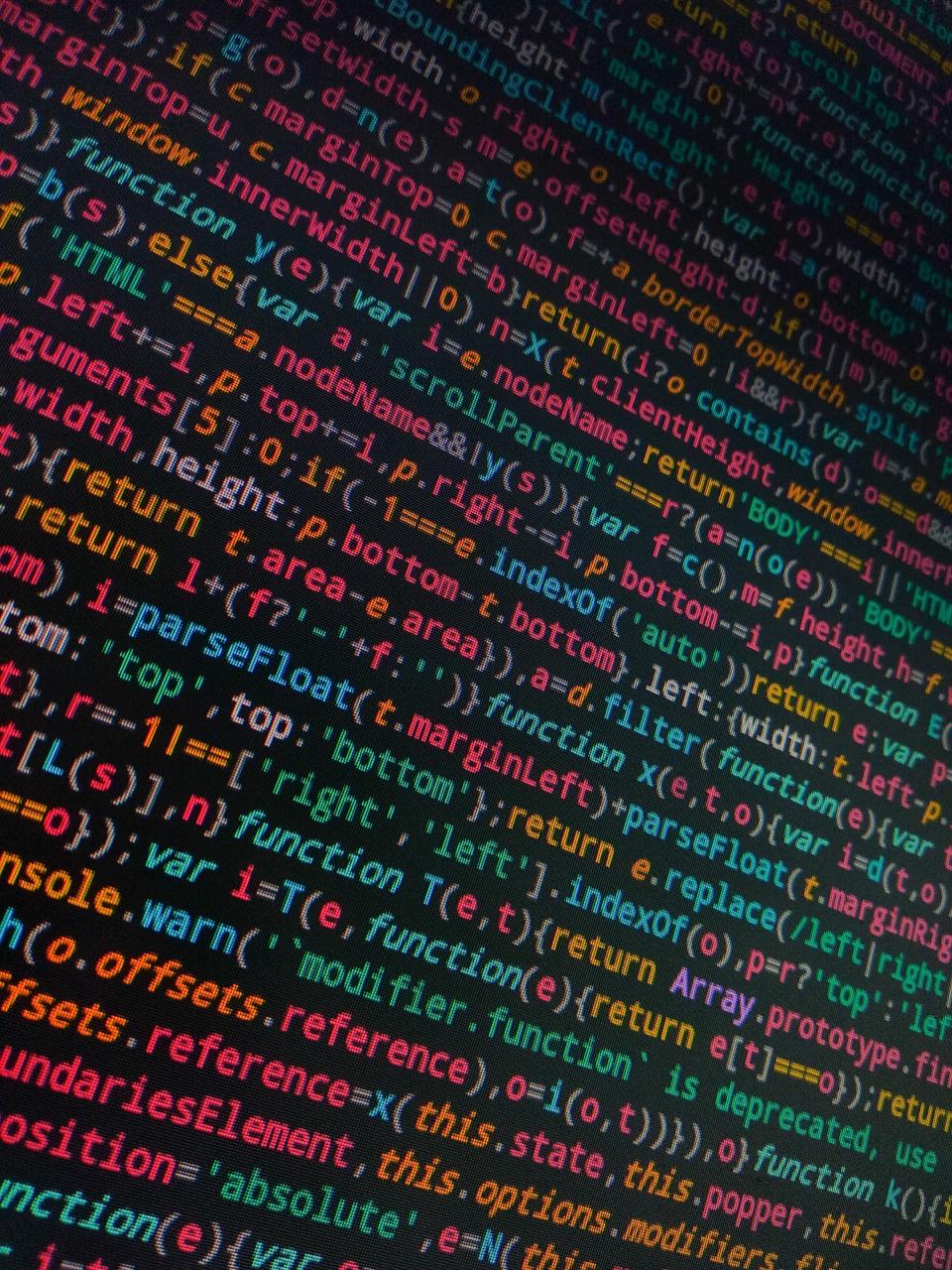Siblings
Kernel

The Linux kernel is a free and open-source,[12] monolithic, modular, multitasking, Unix-like operating system kernel. It was originally authored in 1991 by Linus Torvalds for his i386-based PC, and it was soon adopted as the kernel for the GNU operating system, which was written to be a free (libre) replacement for Unix.
Linux is provided under the GNU General Public License version 2 only, but it contains files under other compatible licenses.[11]
Since the late 1990s, it has been included as part of a large number of operating system distributions, many of which are commonly also called Linux.
Linux is deployed on a wide variety of computing systems, such as embedded devices, mobile devices (including its use in the Android operating system), personal computers, servers, mainframes, and supercomputers.[13] It can be tailored for specific architectures and for several usage scenarios using a family of simple commands (that is, without the need of manually editing its source code before compilation);[14][15][16] privileged users can also fine-tune kernel parameters at runtime.[17][18][19] Most of the Linux kernel code is written using the GNU extensions of GCC[20][21] to the standard C programming language and with the use of architecture-specific instructions (ISA) in limited parts of the kernel. This produces a highly optimized executable (vmlinux) with respect to utilization of memory space and task execution times.[22]
Day-to-day development discussions take place on the Linux kernel mailing list (LKML). Changes are tracked using the version control system git, which was originally authored by Torvalds as a free software replacement for BitKeeper.